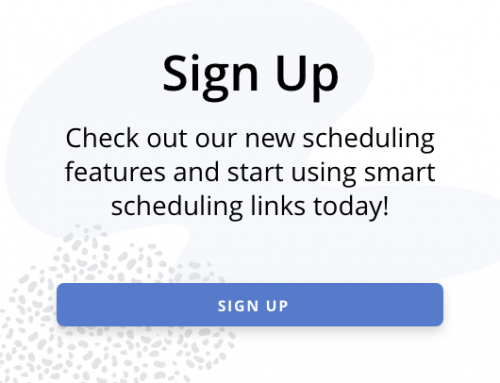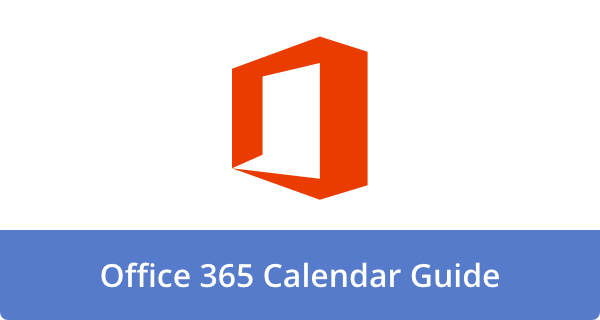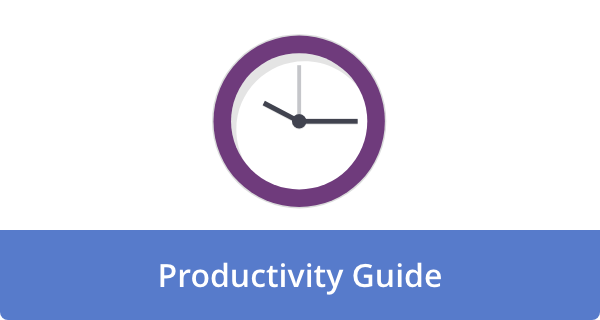

Success in any workplace is down to organization, efficiency, and clarity. Teams thrive when they know what needs to be done, who is responsible, and how tasks fit into the bigger picture.
Project categorization is a simple yet potent way to achieve this — grouping projects into categories based on urgency, complexity, or function. It might seem meager, but structuring work this way can noticeably scale productivity, simplify delegation, and keep teams aligned with priorities.
A Workplace Without Project Categorization
Imagine a team working on multiple projects simultaneously, each requiring different attention and resources. Without clear categories, employees jump from task to task, not knowing what should be a priority. Some projects get neglected, and others get too much attention. Lack of structure means inefficiency, frustration, and burnout (not to mention wasted resources).
When everything is equal, nothing gets the attention it deserves—teams waste time sorting through scattered to-do lists, duplicating effort, and trying to make sense of chaotic workflows. The result? A workplace that feels reactive, not proactive.
Lack of categorization also creates confusion regarding accountability. If no one knows what type of work falls under which team’s responsibility, essential projects can slip through the cracks. Employees often spend more time clarifying tasks and asking than actually doing the work those tasks entail. That naturally means slow progress. Ultimately, this disorganization means missed deadlines, poor communication, and a team feeling overwhelmed and unempowered.
But what if they were to cut down the amount of clarification needed? What if the way projects were hierarchically arranged meant there was less need for clarification? Let’s explore how that might look now.
Why Categorization Matters
Grouping projects into categories creates a roadmap for productivity. Workflows become more predictable, so teams can set realistic deadlines and resource allocation. This structure means high-priority projects move forward, and low-priority ones don’t take up time and energy.
Categorization also makes delegation easier. Assigning projects based on category (e.g., short-term fixes vs long-term initiatives) means leaders can distribute work better. Employees get tasks that match their skills and availability, which generally leads to higher job satisfaction and better results.
Moreover, lumping related tasks and projects together makes it easier to track progress. Well-organized projects can help management see the bigger picture of everyone’s involvement much more easily, making delegation much simpler.
Categorization also improves decision-making. When leaders and employees can see which projects are mission-critical and which can be delayed, they can better allocate time and resources. Without clear categories, decisions are often made reactively, not strategically.
How To Categorize Projects
One way is to sort projects by priority level. Separating work into categories like “urgent,” “important but not urgent,” and “low priority” (or numerically by “priority 1,” “priority 2,” or “priority 3”) helps teams focus on what matters most. This aligns with the Eisenhower Matrix, a popular productivity framework that separates urgent and important tasks.
Another way is to categorize projects by complexity. Simple, straightforward tasks can be done quickly, but multi-phase projects with several dependencies require more planning. Having a category for high-effort, high-reward initiatives means complex work gets the time and attention it needs.
Departments benefit from categorization by function. Marketing teams might split their projects into content creation, social media campaigns, and lead generation. IT teams might categorize work into software updates, security patches, and infrastructure improvements. Functional categorization helps teams balance different types of work.
Some companies categorize by timeline expectations. Short-term, mid-term, and long-term project categories mean employees know what needs immediate attention versus what is part of a bigger strategic plan. This prevents teams from feeling like everything must be done at once (which is impossible).
Another strategy is risk-based categorization. Some projects have a high risk of failure or uncertainty; others are more predictable and straightforward. Knowing which projects have higher risk means companies can allocate the right people and resources to mitigate issues before they escalate.
Increase Efficiency Through Categorization
Workplaces that use project categorization see an immediate increase in efficiency. When tasks are clear, employees spend less time figuring out what to do and more time doing. The cognitive load of constantly deciding what’s next is removed and workflows become smoother.
Project management software can take this efficiency even further. Many tools, such as Trello, Asana, and Monday.com, allow teams to create categories, set deadlines, and assign owners to each task. Calendar apps (including Calendar, Microsoft Calendar, and Google Calendar) integrate with these tools so teams can schedule project milestones and stay in sync.
Research shows that structured work environments are more productive. How so? Companies with strong project management practices tend to spend 28 times less than those without clear systems. Categorization plays a big part in removing guesswork and ensuring time is spent on meaningful work.
Also, categorization allows for better workload distribution. If a team leader sees that one category of work is overloaded, they can reassign tasks or bring in extra support. This prevents burnout and means projects are completed at a sustainable pace.
Keeping Teams Focused On High-Priority Work
One of the biggest challenges in modern work environments is distraction. With constant emails, meetings, and notifications, employees struggle to stay focused on what really matters. Categorization cuts through the noise by clarifying which projects need attention now.
When teams know exactly what is urgent and what is nice to have, they allocate time and energy more effectively. A clear system prevents high-priority tasks from getting buried under lower-priority ones.
Also, categorization prevents the common trap of spending too much time on reactive work. Many teams get caught in a cycle of responding to immediate requests rather than working towards long-term goals. A transparent project categorization system means strategic initiatives aren’t sidelined for short-term demands.
Another benefit is motivation. When employees see their work categorized in a structured way, they feel more of a sense of purpose in the grand scheme of the organization.
Leadership’s Role In Categorization
For categorization to work, leaders must set the tone. Managers should define categories, set prioritization guidelines, make sure everyone understands the system, and hold everyone accountable to it. Regular check-ins help reinforce this and keep projects on track.
Transparency is vital here. When employees know why specific projects are high priority, they are more invested in their work. Likewise, they must keep open lines of communication with their workmates so everyone involved has visibility of the entire project.
Finally, leaders should encourage team members to participate in the categorization process. Allowing employees to input on how projects should be grouped creates ownership and collaboration. When teams set priorities, they are more engaged and proactive.
How Will Your Team Organize Its Projects?
Categorization isn’t just about making neat to-do lists and sticking to them. It’s about how work gets done. Teams that take the time to define clear project categories will find themselves working with more clarity and effectiveness.
If you want to implement project categorization, start small. Test different categorization methods, refine processes, and use project management tools to create a system that works for your team.
Featured Image Credit: Anna Shvets; Pexels











Howie Jones
My name is Howie and I'm a Customer Success Manager at Calendar. I like to ensure our customers get the best experience using our product. If you have questions email me howie at calendar.com